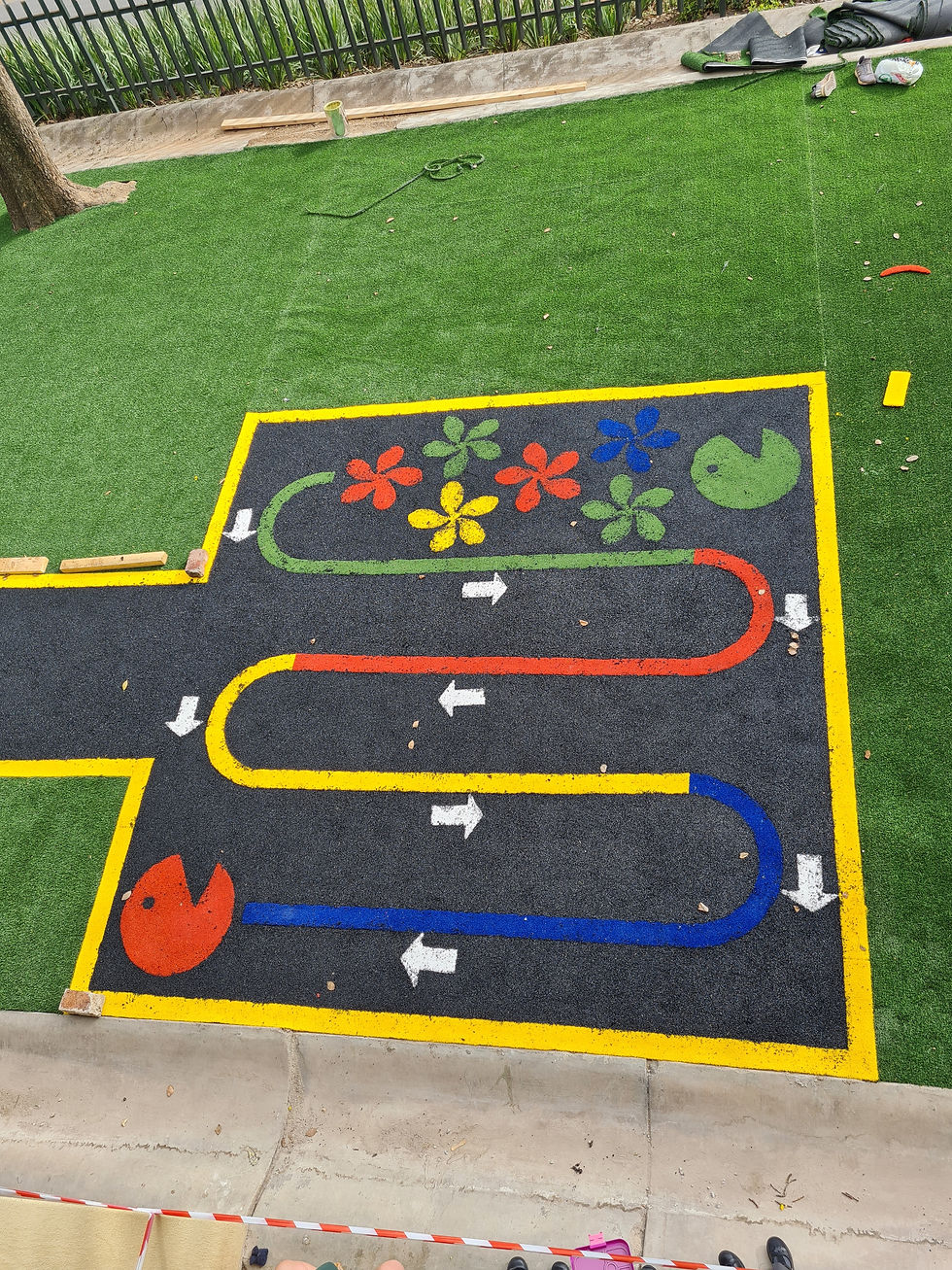Introduction:

Kidztrends is committed to providing safe and enjoyable play environments for children, we understand the critical role of playground surfaces in ensuring their safety. One of the most popular materials used in playground surfaces is soft pour rubber, which is highly durable, slip-resistant, and reduces the impact of falls. In this article, we will explore the legislation governing the use of soft-pour rubber in schools and playgrounds around the world, including South Africa.
United States:
In the United States, the Americans with Disabilities Act (ADA) requires that all public playgrounds be accessible to children with disabilities. This includes the use of soft pour rubber or other impact-absorbing materials on the playground surface to prevent injuries. Soft-pour rubber is also required to meet ASTM (American Society for Testing and Materials) standards for playground safety.
United Kingdom:
In the United Kingdom, the use of Soft-pour rubber in playgrounds is governed by British Standards (BS EN 1177:2008+A1:2011). This standard specifies the requirements and test methods for impact-absorbing playground surfacing materials, including soft pour rubber. The standard outlines the minimum thickness required for soft pour rubber depending on the height of the equipment and fall height.
Australia
In Australia, the use of soft-pour rubber in playgrounds is regulated by the Australian Standard AS/NZS 4422:1996. This standard specifies the requirements for impact-absorbing playground surfacing materials, including soft pour rubber. The standard outlines the thickness required for soft pour rubber depending on the height of the equipment and fall height.
South Africa:
In South Africa, the use of soft-pour rubber in playgrounds is governed by the South African Bureau of Standards (SABS) and the Department of Health. The SABS has developed a standard, SANS 51176:2010, which outlines the requirements for playground surfacing materials, including soft pour rubber.
The standard specifies the minimum thickness required for soft pour rubber depending on the height of the equipment and fall height. The Department of Health has also issued guidelines on using soft-pour rubber in schools and playgrounds.
Conclusion:
In conclusion, the use of soft pour rubber in schools and playgrounds around the world, including South Africa, is governed by the legislation
and standards that are designed to ensure the safety of children. At KidzTrends, we understand the importance of providing safe play environments for children, and we are committed to using materials that meet or exceed these standards. If you are interested in learning more about our playground surfacing solutions, including soft pour rubber, don't hesitate to get in touch with us today. www.kidztrends.co.za

.png)
.png)
Comments